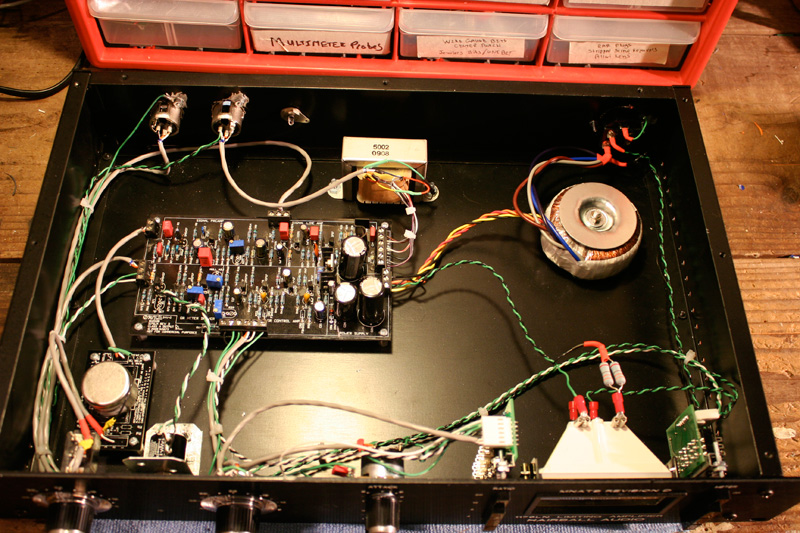I would like to help but seriously I know less than you. :-\
I can see that you're passionate about completing your build and getting it working and at the same time, trying to spread a good word about the unit.
I only have pics to offer from what I have gathered but Il try to throw in what I have learnt so far.
I can see that you're passionate about completing your build and getting it working and at the same time, trying to spread a good word about the unit.
I only have pics to offer from what I have gathered but Il try to throw in what I have learnt so far.





















![Soldering Iron Kit, 120W LED Digital Advanced Solder Iron Soldering Gun kit, 110V Welding Tools, Smart Temperature Control [356℉-932℉], Extra 5pcs Tips, Auto Sleep, Temp Calibration, Orange](https://m.media-amazon.com/images/I/51sFKu9SdeL._SL500_.jpg)












